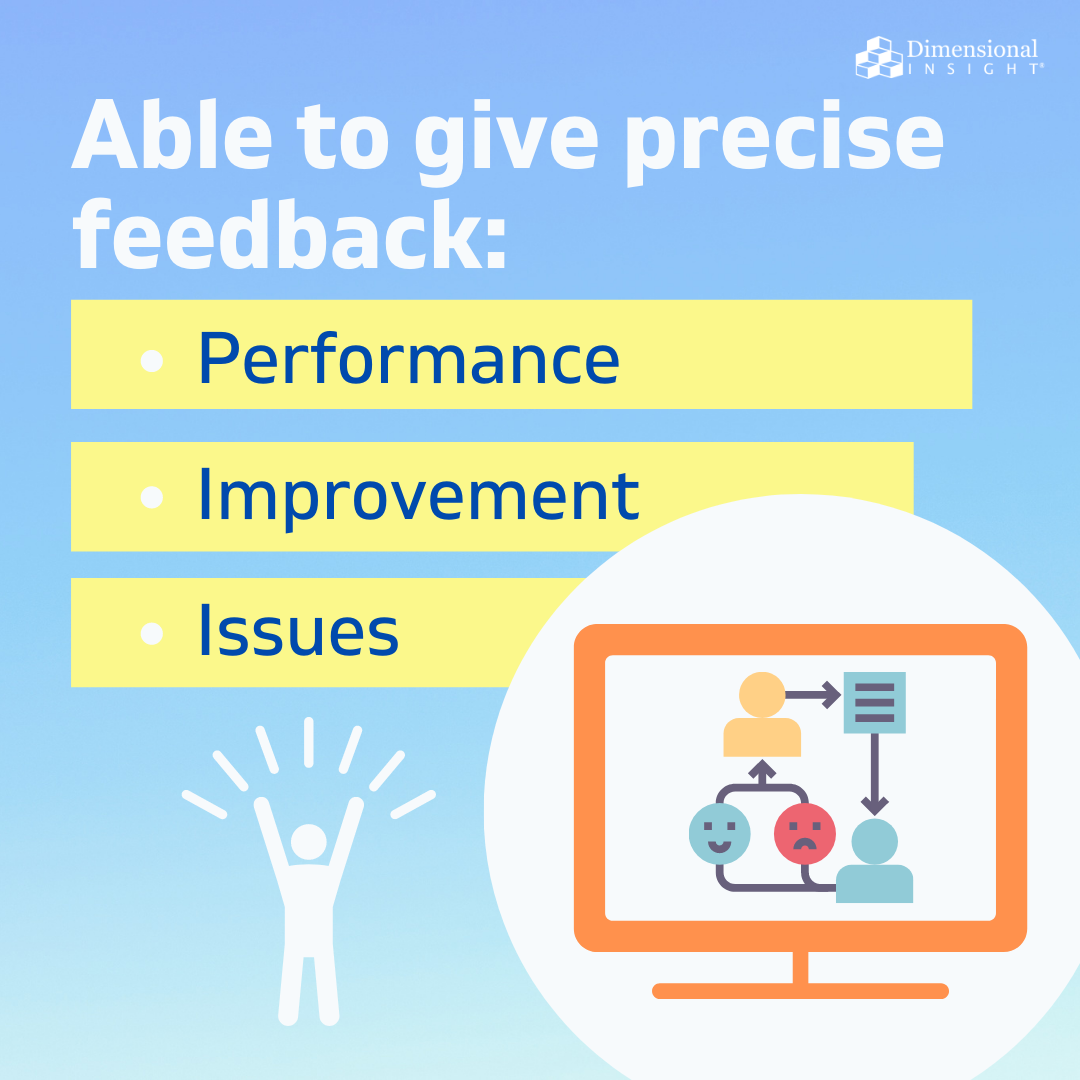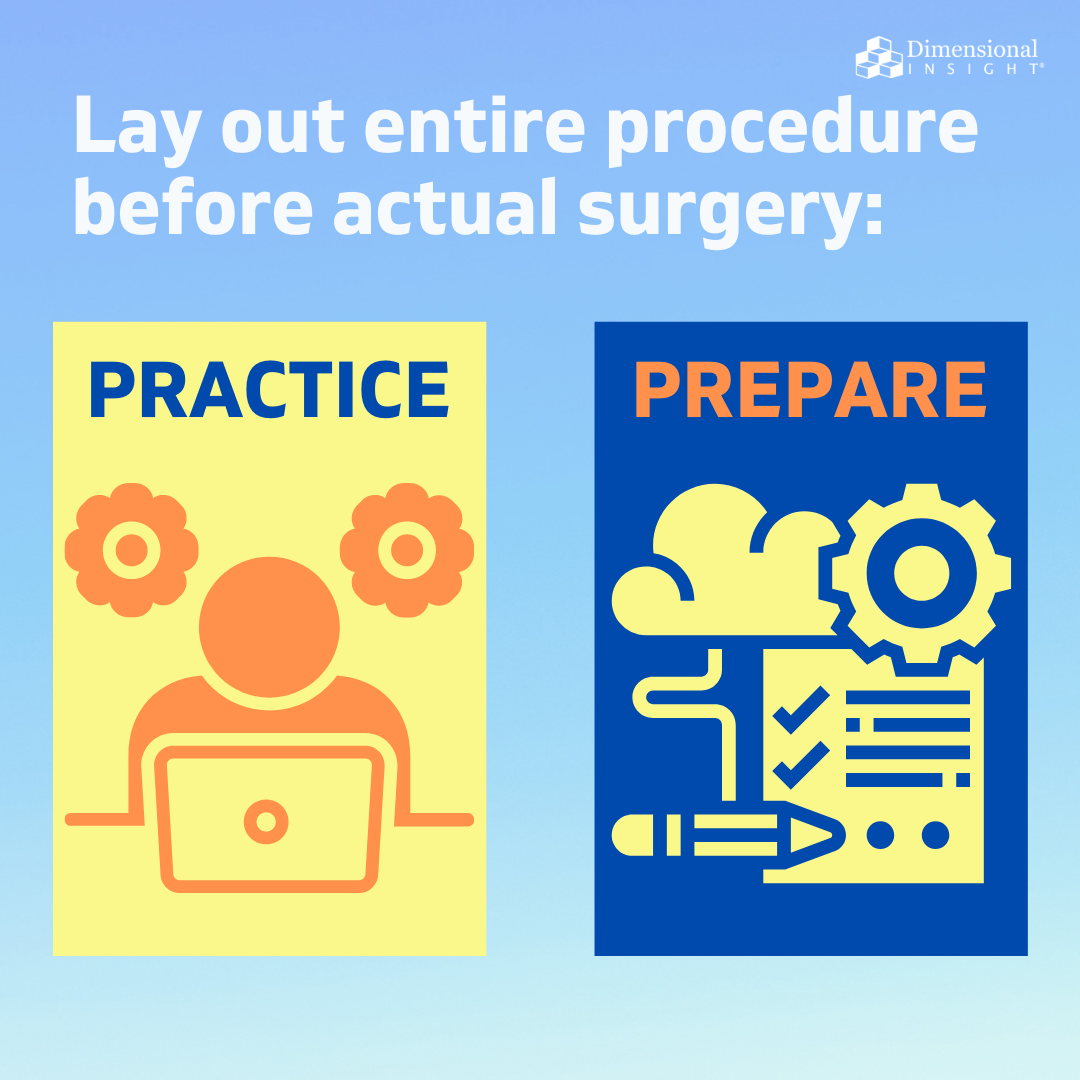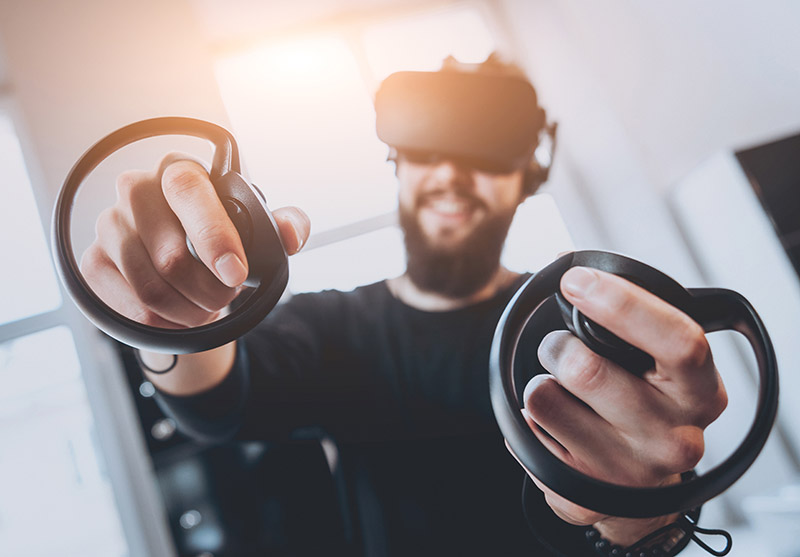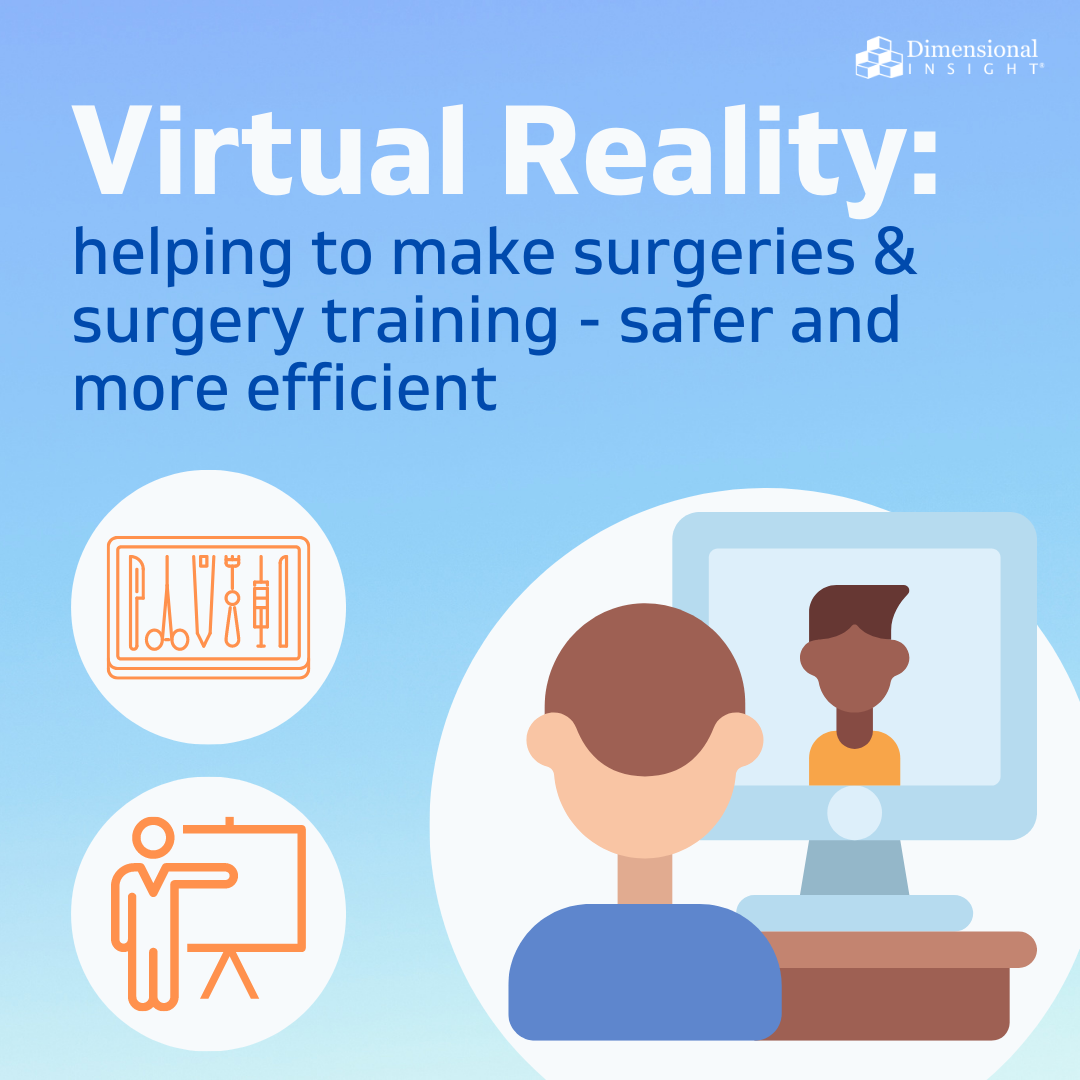Virtual reality (VR) is best known for its headsets, goggles, and video games, but in healthcare, VR is making its statement in the OR. In this blog, we’ll be exploring ways in which VR is helping to make surgeries—and more specifically, surgery training—safer and more efficient, including insight from Richard Vincent, CEO & co-founder of FundamentalVR and Smarter Healthcare Podcast Episode 16 guest.
According to Forbes, the global augmented reality and virtual reality market in healthcare is expected to reach $10.82 billion by 2025, and one of the major ways that VR is being used in healthcare is through surgery training. Of course, textbooks and lectures are an essential part of learning, particularly in medical school, but there’s nothing quite like visual and hands-on learning as it can help prepare individuals for realistic situations right on the spot.
Precision
FundamentalVR is one company that is helping to pave the way for safer training. Richard Vincent says that his company began due to his interest in the application of virtual reality to the long-lasting problem of how surgery can be taught without damage to the doctor or patient.
“Haptics at its simplest is the sense of touch,” explains Vincent. “But it’s so much more than that. What we’re able to do through the technology that we use, and particularly with the haptics that we have within our system, which is that sense of touch, we’re able to give vastly improved ranges of repetition. We can bring that experience to somebody at the point they need it in their location, particularly important in the world of COVID, and we can give them really, really precise feedback on the way that they’re performing, how they’re improving, where they have skills or knowledge or movement issues, and really to precisely develop their skills in a way that is difficult to do in traditional training techniques.”
Vincent also further explains how such functions work: “Where and how you look at your patient in the surgical site is a good predictor of your confidence and your skill level. So, we measure your eye movement and we feed back on that. We can see as the validated studies have shown, if you’re experienced and confident and competent, then your eye movement is very small. And if you’re less so, then your eyes tend to be moving around a lot. Another example is telemetry. So your hand movements, so the efficiency of your hand movement and how your hands, whatever they happen to be holding at the time, whether it’s a scalpel or a drill or something else, how those move in and out of the field of surgery.”
With more practical and precise navigation, companies like FundamentalVR will definitely be paving the way for surgery enhancement techniques, whether that be in the OR or during medical school training.

Vision and costs
A surgeon’s field of vision is one of the most vital factors of completing a successful surgery, especially surgeries that are of long duration or for surgeons who have the OR booked back-to-back. Burnout is real, and Proprio is one company that is currently using their $30 million funding to help improve the accuracy of surgical instruments, which makes procedures and training safer for both the surgeon and patient when necessary. Proprio’s technology “augments how surgeons can operate on the spine and brain, which lets them see corners and enhance images for precise surgical tasks.” Surgeons using Proprio’s tools can even lay out an entire procedure before the actual surgery so that they can practice and prepare for the general timeline of things that must be done during that time – of course taking into account the fact that surgeons should expect the unexpected. This planning is done using a 3D canvas of their patient’s brain and spine. Before such technological advancements, surgeons would only get one chance to perform a successful surgery on their patient, but with technology like Proprio, medical professionals can practice their procedure as many times as they need before conducting the real thing, which can not only reduce stress and anxiety for the surgeon, but make it safer and more promising for the patient, and cut down costs significantly due to a decrease in “re-do’s.”
According to the Association of American Medical Colleges, healthcare is under strain in the U.S. and is predicted to be short 23,000 surgeons by 2032 and “a lack of training among residencies and fellowships for both quantitative technical assessment and qualitative hand-on practice can lead to deficiencies in critical skills.” This makes it even more essential for new developments in VR technology that can give individuals more access and opportunities to practice procedures in a safe way—especially nowadays as we continue to live through a global pandemic.

Gabriel Jones, founder and CEO of Proprio, says that although his technology is still in the clinical trial phase, they expect FDA clearance within the next year. “Revision surgeries, or ‘re-do’s,’ on spinal surgery cost the U.S. health system over $1 billion a year. That’s only in one category of surgery,” says Jones. “Those costs ultimately are borne by the patient in the form of insurance rates and co-pays. Ultimately, better accuracy leads to less revision surgery, healthier patients, happier surgeons, and lower costs.”
Virtual reality is a technology that is constantly advancing, and it is clear that it has a lot to offer in the healthcare industry. While the pandemic definitely sped up the need for such technology due to overcrowded hospitals, decrease in medical resources, and social distancing precautions, VR was showing promising results years before the pandemic as well. As Richard Vincent emphasized in the Smarter Healthcare Podcast, VR technology is not meant to replace current surgical techniques or to change the way surgery training is conducted, but rather augment it and help improve it. If there’s anything that can make surgery and training safer and more efficient, the healthcare industry will invest in it, and as we’ve seen, VR solutions are quickly climbing to the top.





